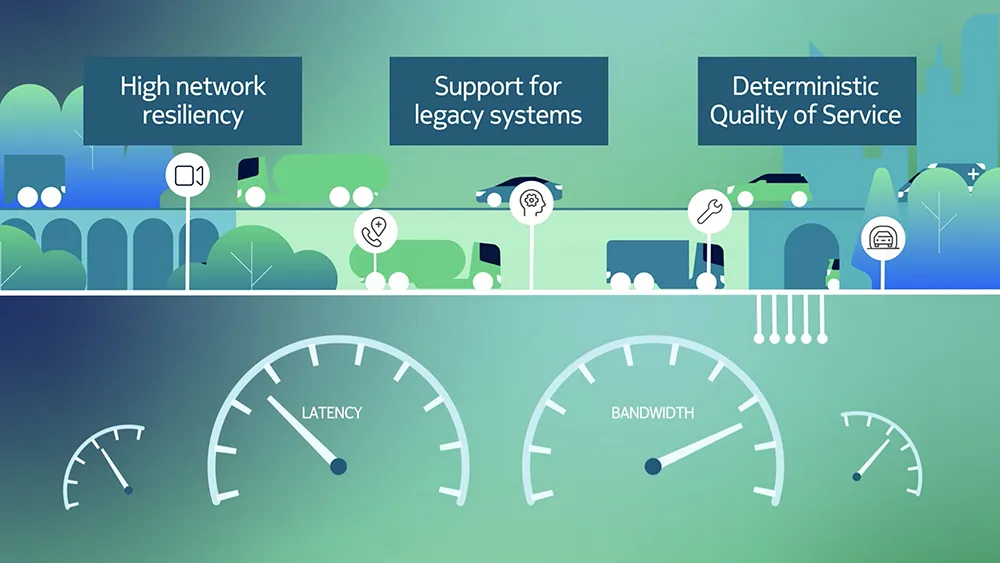Fibre optic cables will be built into new Mexican highways in order to install intelligent transport systems and closed circuit television monitoring, according to transport and communications (SCT) minister Gerardo Ruiz.
The fibre optic cables will allow for the "latest generation technology such as intelligent transport systems," security monitoring such as cameras and radars as well as electronic weighing systems to ensure that trucks using the highways comply with weight regulations.
"Not all highways, but we will try to ensure that the new highways that will be built during the [current] administration" will have fibre optic cables installed during the construction process, Ruiz said during a ceremony to mark the start of construction of the Siglo XXI highway.
Mexican highways to improve security monitoring with fibre optics
Fibre optic cables will be built into new Mexican highways in order to install intelligent transport systems and closed circuit television monitoring, according to transport and communications (SCT) minister Gerardo Ruiz.
The fibre optic cables will allow for the "latest generation technology such as intelligent transport systems," security monitoring such as cameras and radars as well as electronic weighing systems to ensure that trucks using the highways comply with weight regulations.
"Not all high
March 10, 2014
Read time: 1 min








